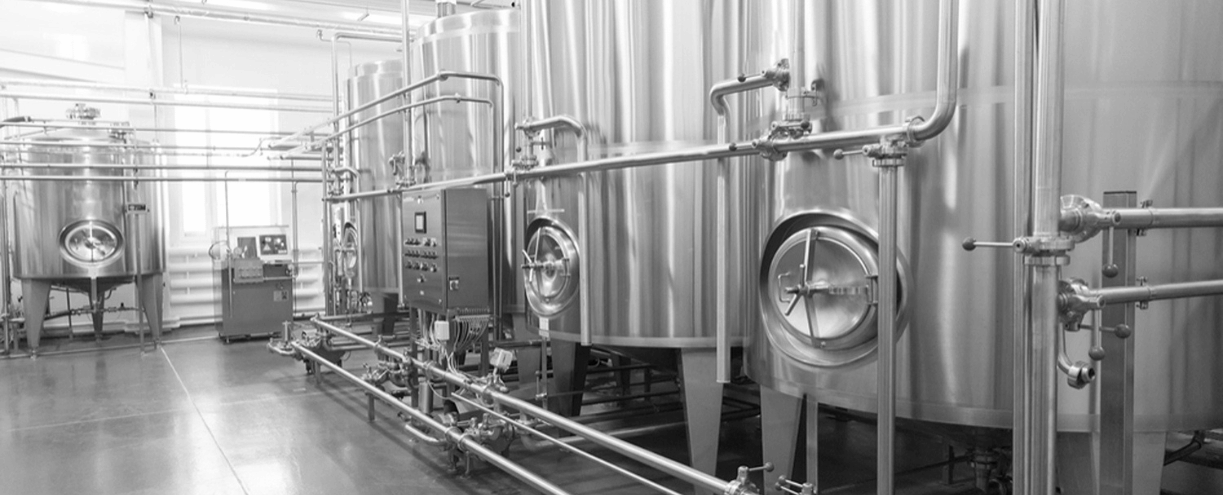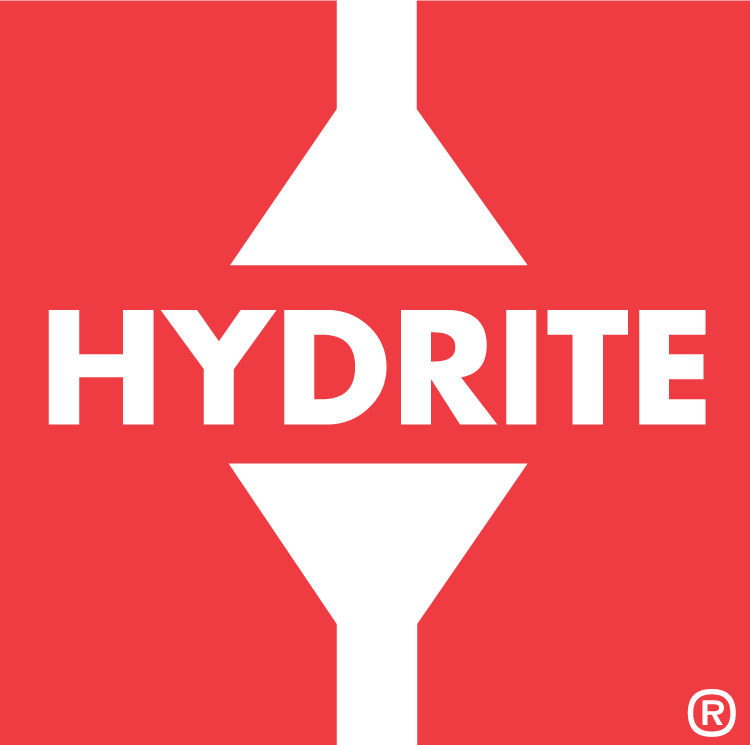
Measuring Free EDTA in CIP Solutions
If you're using single-phase cleaning to eliminate acid washes or control mineral buildup, your cleaning success depends on measuring free EDTA in your CIP solution.
Effective CIP solutions need to contain enough free chelant, such as ethylenediaminetetraacetic acid (EDTA), to counteract levels of temporary hardness minerals (Ca2+ and Mg2+) that may be present. Temporary hardness minerals typically come from the water being used in the cleaning process. Well or city water should be tested periodically for hardness and other mineral content. It is critical that the caustic cleaners used in a facility have enough chelation to handle the expected water hardness. If the dissolved mineral content of the water exceeds the chelation level of the alkaline product being used, then mineral precipitates are likely to form (in CIP tanks, spray devices, valves, process piping, process vessels). In order to counteract the mineral precipitate formation, one of two things may be necessary:
- Boosting the caustic solution with a chelate additive such as Enhance No. 567
- Performing frequent acid washing of processing equipment (including CIP tanks and lines)
Additionally, highly chelated products such as Eclipse No. 285 or chelate additives such as Enhance No. 567 can be used for single-phase alkaline cleaning. Please refer to our Knowledge Base article on Single Phase Cleaning for recommendations on products and required levels of chelant.
Since single-phase alkaline solutions are typically recycled/reused, it is critical to monitor the remaining levels of “free chelation” and boost cleaning solutions as necessary for effective cleaning. Keep in mind that most chelated cleaners and additives for single-phase cleaning contain multiple chelants or dispersants. The test kit was designed to measure “Free EDTA” because EDTA is the “workhorse” in single-phase cleaning. The presence of other chelants may alter the test kit results slightly, but the given results should be adequate to maintain the desired chelant level in the cleaning solution.
Hydrite customers: See Procedure T in Hydrite’s Master Test Kit for the Free EDTA procedure.
Procedure T - Free EDTA In High Alkaline |
- Fill the reaction vial (0309) with the water sample to the 10 ml mark.

- Add 1 drop of phenolphthalein indicator solution (0001). The sample will turn pink.
- Add drops of 6N HCl solution (0032), mixing after each drop until the sample turns colorless.
- Add 25 drops of hardness indicator buffer solution (RS-1035).
a. If the water turns pink, no free EDTA is present.
b. If the water turns blue, proceed to step 5. - Add reagent RS-2037/20 (for low range EDTA) or RS-2037/200 (for high range EDTA), drop by drop, shaking the vial between each drop, counting the drops, until the water turns to pink.
* FOR ACCURACY TITRATE AT ONE DROP PER SECOND
| Product | Titration Solution | mL of Sample | PPM / Drop |
| Low Range EDTA (2037) | RS-2037/20 | 10 | 20 |
| High Range EDTA (2037) | RS-2037/200 | 10 | 200 |
Reach out to the The RITE Team® for more information on EDTA test kits.

